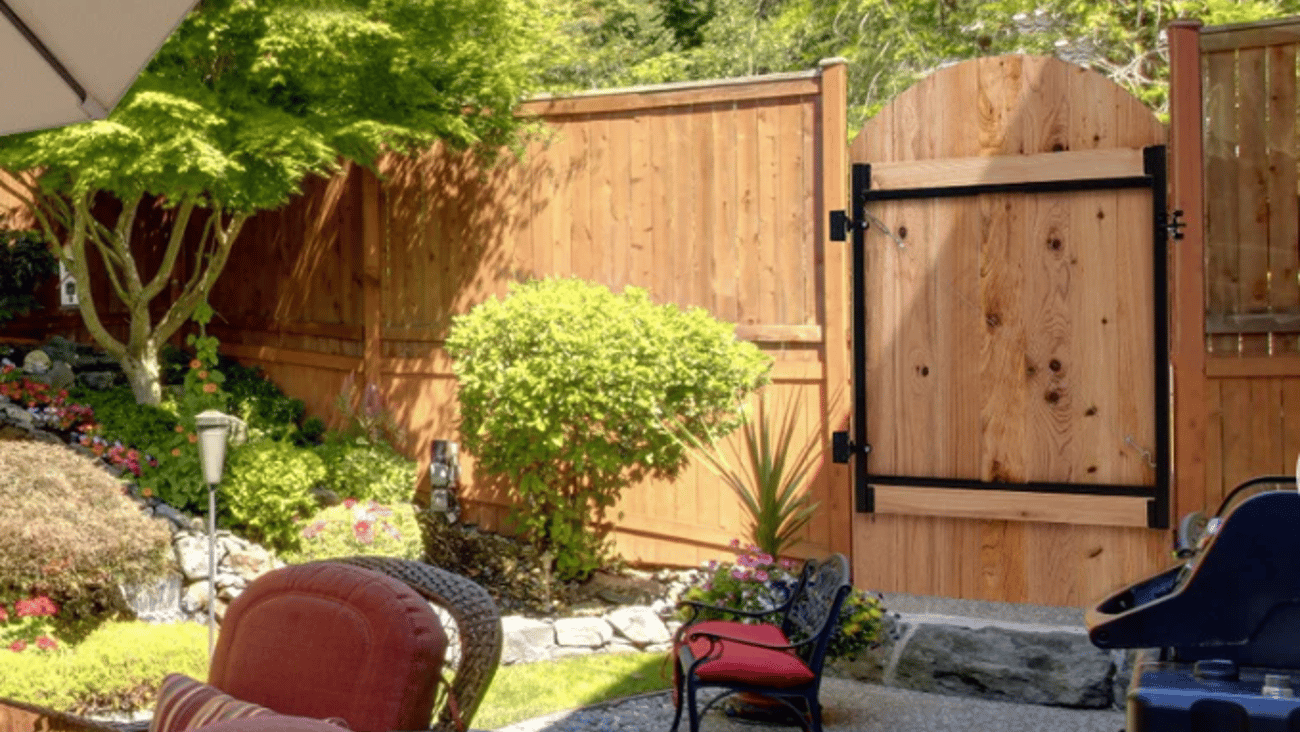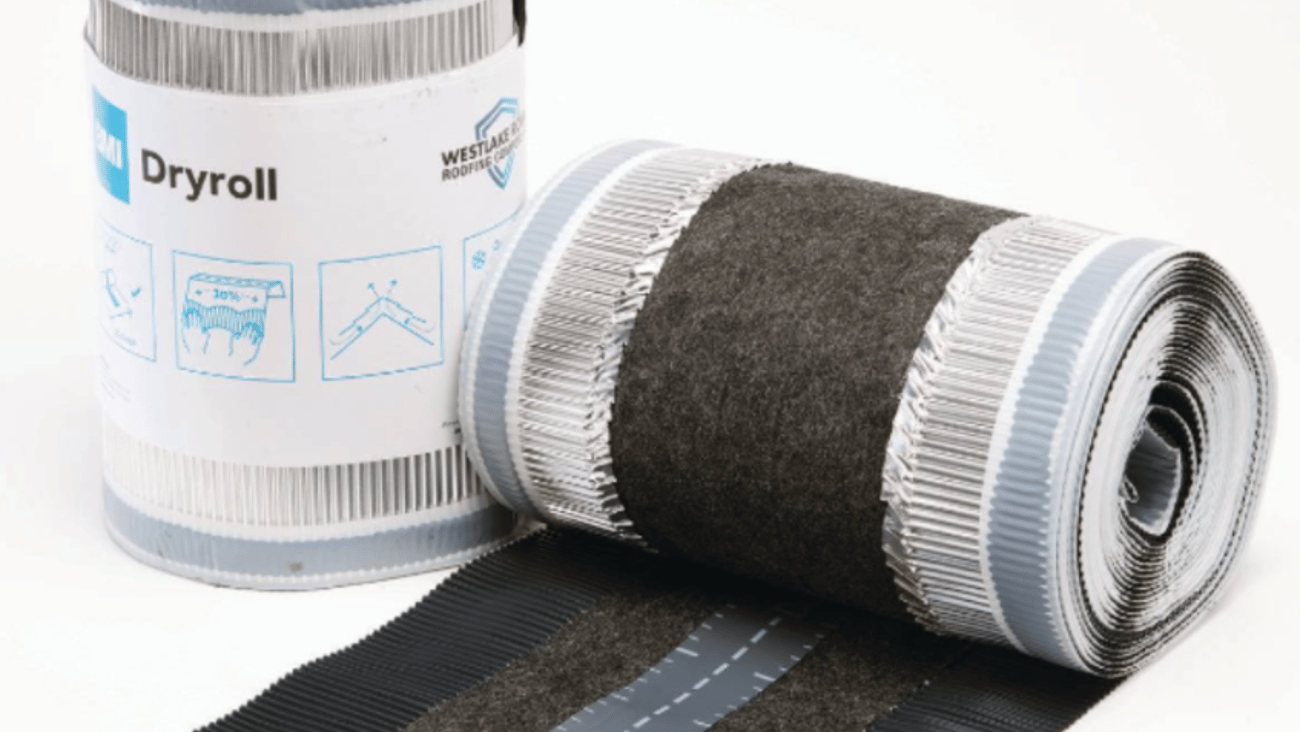The future of LED lighting is bright
Jorge Fernandez, electrical merchant for Home Depot, is like other home center merchants who see a bright future for LED (light-emitting diode) lighting. And he recognizes the potential of LEDs to become the de facto standard for residential lighting in our increasingly green world.
Joe (he did not want his last name used) is a manager at a Long Island, N.Y.-based True Value who sees the potential of LEDs, but understands why they are not flying off the shelves. In fact, they are not on the shelves. “Mucho dinero,” he said. “Not for nothing, but would you pay $50 for a light bulb?” Joe paused, then said, “Especially in today’s economy, that is a tough sell, even if the bulb lasted a million years.”
Therein lies the conundrum for LED lighting in 2008. The future king of residential lighting is hamstrung by price, but perhaps not for long. Remember when laptop computers were too pricey? Or plasma TVs were unaffordable? Prices on LED lighting will eventually reach the sweet spot for consumers, according to many industry watchers, who estimate that it will be two to four years before critical mass is reached.
Gina Cullen, a manufacturer’s rep who sells to True Value, Walgreens and other retailers, said that time frame may be reached sooner. “We have seen in the past two years an increase of 20 percent to 30 percent in the buys of LED lighting, so it is growing fast,” she said. “People are seeing the energy savings.”
LED technology
Light-emitting diode technology has been around for years, but with the exception of holiday lights, it has not penetrated the home channel to any great degree. That is slowly changing, experts say. “In limited applications, LEDs could be introduced to retail later this year,” Home Depot’s Fernandez said. “For mass adoption, we are looking at a timeframe of three to five years, coinciding with the regulatory implications of the 2012 incandescent legislation.”
The 2012 incandescent legislation is related to an energy bill passed by Congress in late 2007 that effectively bans the incandescent light bulb by 2014. The phase-out of incandescent light is to begin with the 100-watt bulb in 2012 and end in 2014 with the 40-watt. To Fernandez’s point, all light bulbs must use 25 percent to 30 percent less electricity by 2014, and by 2020, bulbs must be 70 percent more efficient than they are today. Australia was the first country to announce an outright ban by 2010. Some states, including California, are planning to introduce legislation that would ban the sale of incandescent light bulbs altogether by the year 2012.
While LED technology has provided ample product on the commercial side, the void on the consumer side is currently being filled by CFLs, or compact fluorescent bulbs. CFLs are not without controversy, most notably that the mercury vapor they contain is harmful to the environment.
Some big retailers have forged ahead with CFLs. Wal-Mart achieved its goal of selling 100 million CFL bulb sales in 2007, and Home Depot says it sold even more.
Andy Ruben, Wal-Mart’s vp-strategy and sustainability, said Wal-Mart has been working with manufacturers to lower the mercury content of CFL bulbs sold in stores. “We love the CFL and see the power this product has to unite consumers in the struggle against climate change,” Ruben said. Some efforts on CFL bulbs have taken place behind the scenes—Wal-Mart has worked with manufacturers to lower the mercury content of bulbs sold in its stores.
Even the LED community recognizes that CFL is the main energy saving light for the DIY community mainly because of price points. Jim Hardaway, general manager of sales and marketing at Neo-Neon, a manufacturer of LED decorative lighting products, said his data suggests CFLs will dominate for two to three years before LEDs take over. “I firmly believe it will be an LED world,” he said. “LED has the strongest potential for the retail market.”
While LED’s price point is considerably higher than CFLs, Hardaway said, “If more people knew about the threat from CFL and the mercury, they would spend more money for LEDs.”
However, except for the early adopters, consumers aren’t willing to shell out $50 for a light bulb, no matter how energy efficient it is. To date, LED suppliers have focused their efforts not on the retail market but on large-scale architectural lighting for both interior and exterior applications, according to Fernandez. “We are working on getting our vendors to focus on the end user that is looking for energy-efficient solutions in areas CFLs don’t address well,” he said.
While CFL bulbs are more energy efficient than the old fluorescents, they pale in comparison to LEDs. Today, for example, many compact fluorescents offer up to 70 lumens per watt. However, LEDs can already achieve better than 100 lumens per watt. LEDs also don’t have to contend with the mercury issue. Each CFL contains a small amount (3 to 5 milligrams) of mercury, a neurotoxin that can be released as vapor when a bulb is broken. The gas can pose a minor risk to certain groups, such as infants, small children and pregnant women. Mercury can escape from plastic bags containing discarded bulbs, which makes long-term storage, disposal or recycling tricky.
But CFL backers—including the Environmental Protection Agency—say there is less mercury in a typical CFL bulb than there is in a thermometer and use of CFLs are far and away a net positive for the environment.
Tech enhancements
There is a reason why most of the LED lighting products have been engineered for the higher profit professional market. They require a lot of work to make them ready for consumer use. LEDs need to be placed on a circuit board or other material that will allow electricity to pass through it at a specific voltage and current and with components required to operate them at specific voltages such as 12vdc, 24vdc or 120vac. They do not come ready to plug into a 12-volt or 120-volt power source.
LED suppliers are working on developments to lower price points and make these bulbs more available for consumers. Richelieu’s latest LED technology innovation enables users to retrofit halogen MR16 30 Watt fixtures with 3 Watt lighting that combines the brightness of power LEDs while consuming 80 percent less power. The MR16 3 Watt Series features two models: one projects a direct light beam at 30 degrees, while the second projects a wider beam at 45 degrees. Both are available in cool and warm white and can be used in standard MR16 sockets without dimmers to replace halogens through an easy retrofit; no additional wiring or changes are required. Helen Lovretin, lighting product manager for Richelieu, said replacing halogen lights with LEDs can reduce electric bills by 80 percent. “People are now realizing that reducing their electric usage from a 30 watt halogen light to a 3 watt LED means huge cash savings,” Lovretin said.
Fernandez said one potential drawback for LEDs is that there are some cheap, bad products making their way through the channel. That could turn off consumers to LED, he said. “Our job is to help them buy LEDs that perform to their expectations,” he said. “That product is still too expensive, but it will come down.”
Home Depot’s plans for LEDs will be in a hardwired vehicle, accent lighting in ceiling fans or under-cabinet and pathway lighting. “From a pure retrofit perspective, we’re looking at initial adoption in MR16s and GU10s, bulbs usually used in track, accent and landscape lighting,” Fernandez said.
The products that Cullen, the manufacturer’s rep, does sell, sell fast. “All of the deep discounters have sold out of the LED lighting that we have sold to them,” she said. “They’re not working with a huge inventory to begin with, but we’re hoping that they will increase that inventory.”
LED holiday lights
One area in which LEDs have made an impact on the consumer market is during the holidays with decorative LED lights. LED holiday lights cost more than conventional mini-lights, but retailers have been able to sell them for being long lasting and reducing electric bills. All major home centers promoted them, and many came with rebates that were offered through local utility companies. “We’re definitely seeing a trend toward these products,” said Natalie Danaher, spokeswoman for Ace Hardware’s corporate offices. “They’ve more than quadrupled in the course of a year.”
Some say the success of LED holiday lights will help usher in LED lighting on a grander scale. “It will be an LED world,” Hardaway said.




